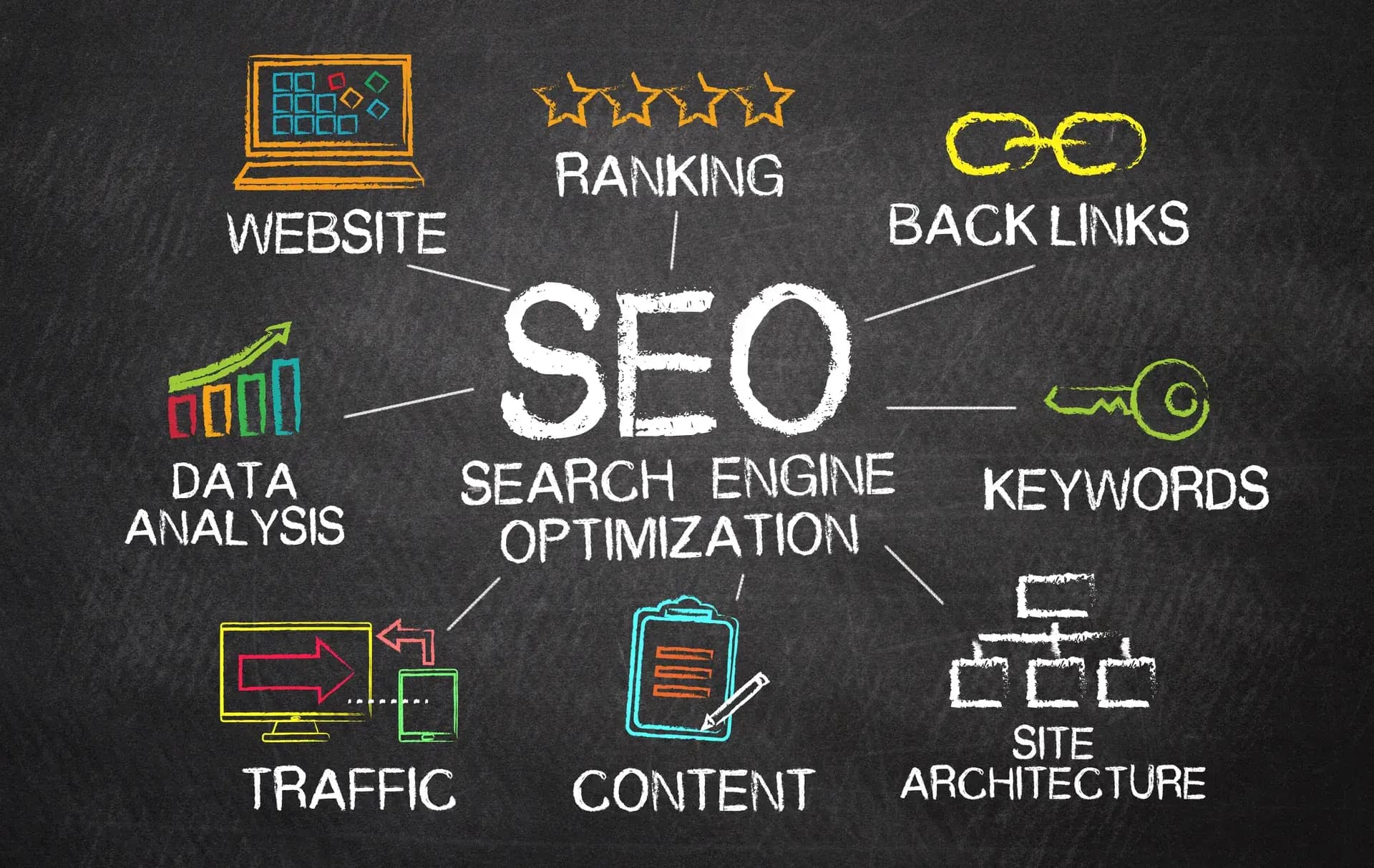In today's digital age, mastering SEO for retail websites is essential for driving traffic and increasing sales. With the right SEO strategies, retail businesses can enhance their visibility on search engines, attract more potential customers, and ultimately boost their revenue. In this guide, we will explore effective SEO techniques specifically designed for online retail stores, helping you achieve long-term success.
Understanding SEO for Retail Websites
SEO (Search Engine Optimization) is the process of optimizing your website to improve its ranking on search engine results pages (SERPs). For retail websites, SEO focuses on attracting potential buyers looking for products or services similar to yours. Higher rankings can lead to increased organic traffic, which translates to more sales.
1. Keyword Research: The Foundation of SEO
Identifying the right keywords is crucial for your SEO strategy. Here’s how to conduct effective keyword research for your retail website:
- Use Keyword Research Tools: Tools like Google Keyword Planner and SEMrush can help you uncover relevant keywords.
- Focus on Long-Tail Keywords: These are more specific phrases that often have lower competition. For example, instead of just “shoes,” try “men's running shoes size 10”.
- Analyze Competitors: Check what keywords your competitors rank for and identify gaps you can exploit.
2. Optimize Product Pages
Your product pages are central to your retail website’s performance. Optimize them by:
- Writing Unique Product Descriptions: Avoid duplicate content and focus on creating engaging, informative descriptions.
- Using High-Quality Images: Ensure your images are optimized with alt text containing relevant keywords.
- Implementing Schema Markup: Use schema to enhance your product listings in search results with rich snippets, such as pricing and availability.
3. Improve Site Structure and Navigation
A well-structured website enhances user experience and helps search engines index your pages. Here are key points:
- Clear Categories: Organize products into intuitive categories and subcategories.
- Bread Crumb Navigation: This helps users understand their location on the site and improves SEO.
- Mobile-Friendly Design: Ensure your website is responsive, as a significant amount of retail traffic comes from mobile devices.
4. Leverage Content Marketing
Creating valuable content can drive organic traffic and establish your brand as an authority. Consider:
- Blog Posts: Write articles about trends, product guides, and shopping tips that resonate with your audience.
- How-to Guides: Help customers use your products effectively and enhance their shopping experience.
- Video Content: Product demonstrations or styling tips can engage users and improve your SEO.
5. Focus on Local SEO
If you have a physical store, local SEO is crucial. Optimize for local search by:
- Creating a Google My Business Listing: This helps your business appear in local searches and Google Maps.
- Encouraging Customer Reviews: Positive reviews boost your local ranking and attract new customers.
- Using Location-Specific Keywords: Include your area in your content and metadata.
Conclusion
Implementing effective SEO for retail websites can significantly enhance your online presence and lead to increased sales. By focusing on keyword research, optimizing product pages, improving site structure, leveraging content marketing, and honing in on local SEO strategies, your retail website can achieve higher search engine rankings and attract more customers. At Prebo Digital, we understand the unique challenges of eCommerce SEO and are here to help you succeed in a competitive marketplace. Contact us today for a consultation!







